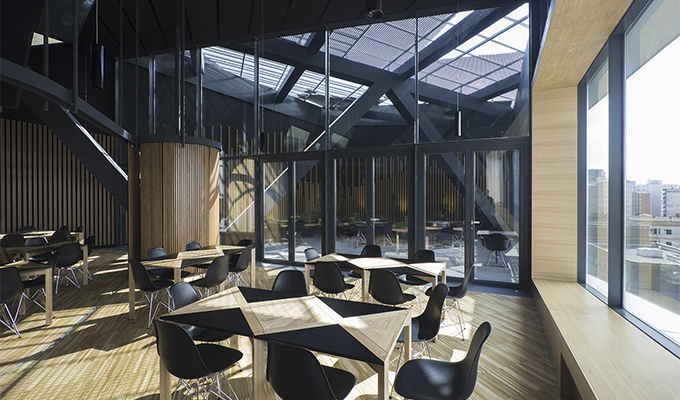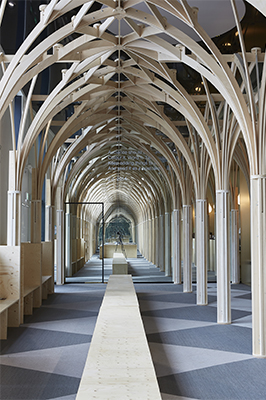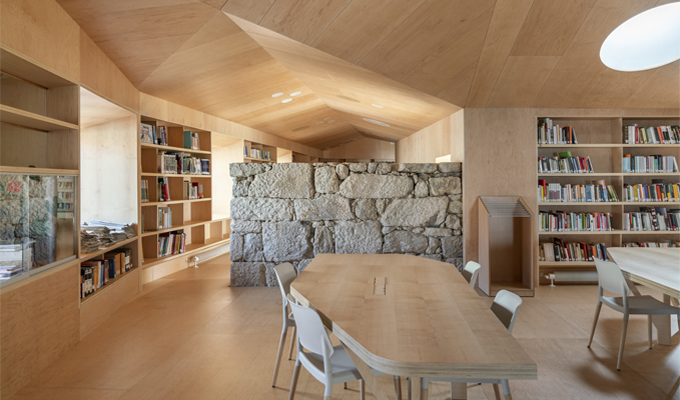BEEP, BEEP, BEEP.
“We are currently conducting a test of this building’s fire alarm system. You do not need to exit the building. In the event of a real emergency…”
Thankfully, this time it was only a test but the sound of that alarm is unnerving nonetheless. Every year across North America, thousands of lives are lost, homes destroyed and buildings reduced to ash from the devastating effects of fires.
As high-rise buildings and elevators become increasingly prevalent in response to urbanization and population growth, the need for stringent fire safety measures has become more critical than ever. Although alarm systems and evacuation procedures reduce a certain level of risk, utilizing fire-retardant materials in the construction process is an invaluable tool for containing and controlling potential fires.
But what exactly is a fire-retardant material, and how does it work?
In essence, fire-retardant materials are designed to resist spreading fire from one area to another. Traditionally, they have been made from metals, plastics, and composites but more advanced products are emerging on the market in response to growing concern around fire safety and prevention.

Garnica, a leading manufacturer of premium sustainable plywood, has been at the forefront of this movement, revolutionizing the construction industry with its innovative product, Fireshield®. Unlike traditional fire-retardant coatings, Fireshield veneers undergo a unique treatment process before being dried, glued, and compressed into plywood panels. This process ensures the panels can be sanded or machined in any configuration and will still retain their fire-retardant rating of 100%, the only product on the market with this distinction.
Fireshield panels hold ASTM E-84 class A and CAN/ULC S102-10 ratings, the highest for wood, and undergo annual testing to ensure its consistency in upholding the highest safety standards.
Sourced from farm-grown European poplar trees, these lightweight panels boast extreme load-bearing capacities without warping. Available in sizes up to 5 ft x 10 ft, builders can use the whole board with less waste, a great advantage when sourcing eco-friendly options. Fireshield plywood is ideal for elevator construction, indoor structures, door frames, floors, walls, ceilings, and even furniture. Its ability to limit heat release contributes to protecting other parts of the building from fire damage.

Looking ahead

The traditional reliance on alarm systems and evacuation procedures, while crucial, is insufficient in addressing the evolving risks posed by the evolving urban landscape in North America. The incorporation of fire-retardant materials in construction emerges as a pivotal strategy to mitigate the destructive impact of fires.
In the midst of the escalating era of urbanization, architects and designers find themselves at the forefront of a profound responsibility to prioritize safety through the use of materials that not only meet but exceed fire safety standards. Manufacturers, in turn, have a role to play in responding to this demand by designing products that meet stringent fire safety requirements. The development and implementation of these fire-resistant materials must go beyond mere compliance; it must become a collective effort across the industry to protect communities and save lives.
For More Information:
For more information, visit garnica.one.
Modern Contractor Solutions, January 2024
Did you enjoy this article?
Subscribe to the FREE Digital Edition of Modern Contractor Solutions magazine.



